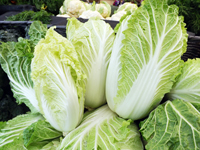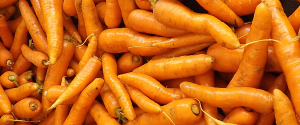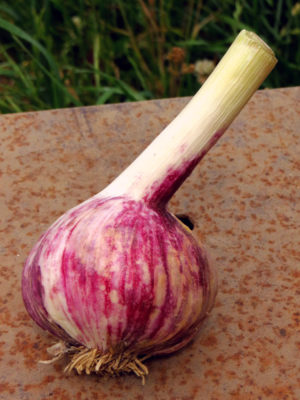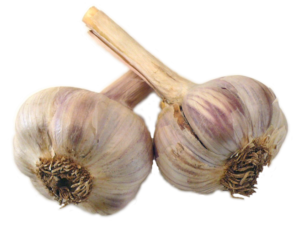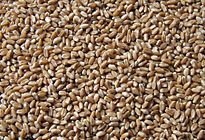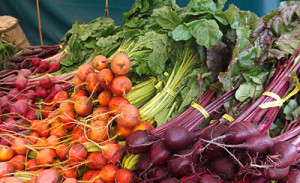1 cup fresh basil
1/2 cup walnut pieces
1/2 lemon, juiced
1 tablespoon apple cider vinegar
1 tablespoon raw honey
1/2 cup extra-virgin olive oil
1 head Napa cabbage
1 cup spinach, roughly chopped
1 carrot, grated
1-1/2 cup quinoa, cooked and cooled
In a blender, mix basil, walnuts, lemon juice, vinegar, honey and oil until smooth. In a separate bowl, combine cabbage, spinach, carrot, and quinoa. Pour dressing into salad mix and toss until evenly distributed.
We thank Chef Annie McHale of Port Angeles for this recipe.
Have you tried this recipe? Tell us how it turned out!

